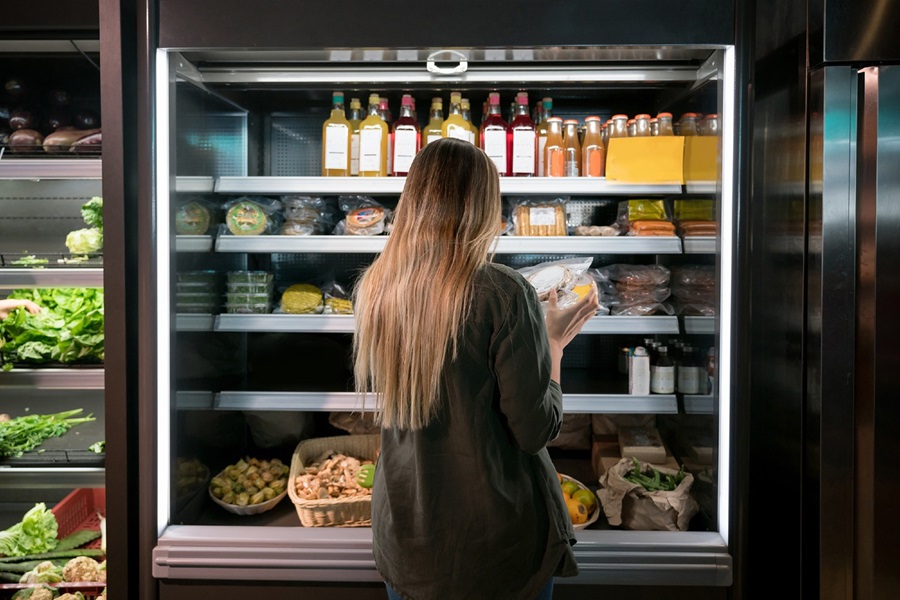As Kahneman puts it, when things of this magnitude come to us – humans – we do not think as rationally as we believe; we use heuristics in order to simplify something so complex and, for most, unprecedented. A lot is being said and written about how people might currently think and act. In this report, we have identified 10 observed facts and interpreted them to uncover essential human truths that will help split emotional reactions from long-lasting effects.
More than ever, we believe behavioural evidence has a greater role to play to help us see what's happening clearly and to develop growth strategies and responses to them. We have focused on insights that truly reveal what happens to people’s personal care, food and beverages routines whilst staying at home, as a way to predict what consequences to expect in future behaviour.
10 insights around purchase and consumption behaviour and COVID-19:
- Looking at daily data, one potential scenario is that the acute outbreak is over by July. This helps us frame the planning cycle: what should a retailer, category or brand stop, start, or continue doing, given shopping restrictions in the next 3 months?
- In the UK we saw the biggest ever month in terms of grocery shopping. Next we are going to see the fewest shopping trips ever. We need to understand whether an increase in spend per trip will be enough compensate for this reduction.
- If China is where we should look to learn lessons, then expect a reduction in FMCG spending in the six weeks. But are the conditions different elsewhere, given lockdown occurred one week after their New Year? We expect not that much, but let's see.
- There are four broad ways that COVID-19 will impact your category. Differences will be driven by the scale and local conditions, China likes seasoning; others will like baking! A lot of categories stockpiled and didn’t increase rate of usage in lockdown. Expect the same in most countries.
- We expect famous advertised brands to do well in the crisis. If the category grows too, then some brands will experience best ever years, i.e. long-term brand effects will show their benefits more than ever.
- The immediate move to safety first shopping in China should happen everywhere. We expect a number of small, but highly innovative new players, to potentially emerge during lockdown and remain buoyant in recovery.
- The largest ever 4 weeks worked as we expect – a mass movement shift across all buyers. This is how brands grow too, of course.
- The primary growth drivers are always the same (including in a crisis): more shopping trips for retailers; being in more baskets for categories and brands. More baskets will be driven by new buyers especially. More spend in a basket is usually an added bonus, but should not be the primary aim.
- We expect personal care occasions to be under pressure as we don’t go to work… out of the house! This is where the creative thinking community can really earn their money in the next 3 months.
- If personal care is likely to take a back seat, there are many food and drink categories that are likely to grow. We are interested in the number of occasions – it could easily grow as we discover new in-home breaks and meal times. This is one to really understand as quickly as possible.


